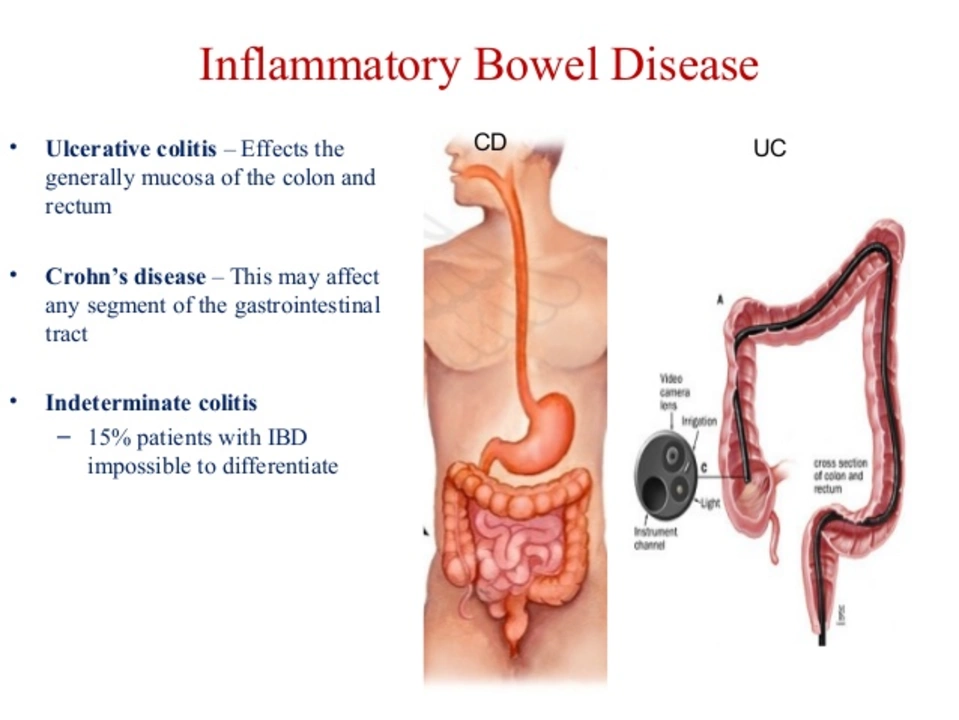Ever got a prescription for methylprednisolone and wondered what the fuss is about? It’s a synthetic steroid that helps calm down inflammation in many parts of the body. Think swelling after an injury, asthma flare‑ups, or autoimmune problems – this drug steps in to keep your immune system from overreacting.
Because it works fast, doctors often choose methylprednisolone for short bursts of treatment. You might see it as a pill, an injection, or even a topical cream, depending on where the problem is. The key idea is to give enough medicine to stop the inflammation but not so much that your body gets upset.
If you’ve got severe allergies, joint pain from rheumatoid arthritis, or a bad asthma attack, methylprednisolone can be part of the plan. It’s also used after surgeries to keep swelling low and after organ transplants to stop rejection. The dose varies a lot – sometimes just 4 mg a day, other times a high‑dose taper over several weeks.
Doctors decide the right amount by looking at your condition, weight, and how you’ve responded to steroids before. They’ll often start with a higher dose for quick relief then slowly lower it (that’s called a taper) so your body can adjust without a rebound flare‑up.
Like any steroid, methylprednisolone isn’t free of side effects. Short‑term use can cause mood swings, trouble sleeping, or a spike in blood sugar. Longer courses may lead to weight gain, thinning skin, or higher infection risk.
The best way to stay safe is to follow the prescription exactly. Don’t skip doses, and don’t stop abruptly – that can make symptoms bounce back. If you notice unusual bruising, severe stomach pain, or rapid mood changes, give your doctor a heads‑up right away.
Some everyday habits help too. Take the medicine with food to reduce stomach upset, stay hydrated, and try light exercise if you’re able – it can counteract weight gain and keep bones strong. If you have diabetes, check your blood sugar more often because steroids can push numbers up.
Keep a list of all medicines you’re taking. Methylprednisolone can interact with certain antibiotics, blood thinners, and even some over‑the‑counter pain relievers. A quick chat with your pharmacist can clear up any mix‑ups before they become problems.
In most cases, the benefits outweigh the risks when the drug is used as directed. People often feel relief within a day or two, and inflammation drops fast. That’s why it remains a go‑to option for many doctors dealing with acute flare‑ups.
Bottom line: methylprednisolone can be a powerful tool against inflammation if you respect the dosage schedule, watch for side effects, and stay in touch with your healthcare team. Use it wisely, and you’ll likely get back to feeling normal much quicker than without it.
